Unlike the chicken or egg question, we know that demand generation comes before lead generation.
Demand generation is the concept of creating awareness about your solution in a market, while lead generation is all about capturing audiences who are already in the market looking for a solution similar to yours.
Ideally you have to do both in order to grow your SaaS business.
It’s almost like without the chicken, the eggs don’t hatch. Without the help of lead gen, demand gen won’t show results in the sales funnel, and vice versa. But if you want to do account-based marketing, what should you double down on?
In this article, we talk about both lead gen and demand gen to give you an overview of what each term means and which out of the two works the best for you when executing ABM campaigns.
What is Demand Generation in SaaS?
Demand generation is a strategy that SaaS businesses use to create awareness about their products and services. The strategy works on the assumption that the audience is in need of the product or service existing in the market, and the demand gen team is on a mission to attract them to their website. Furthermore, demand gen is dissected into demand creation and demand capture.
For example, when you write a TOFU blog post and Google ranks it in the #1 position, it will drive traffic to your blog. This allows people to see the problem you're solving and the solution you’re offering—getting them interested in your products or services.
3 Examples of Demand Generation Tactics
There are several other strategies you can use to alleviate demand generation for your SaaS company. Here are some examples:
Strategy #1: Write product-led blog posts
Picture this: you have a great product that solves the target audience’s problem. You know their pain points. You know what kind of solution the target audience is looking for. This is where you can put your product at the forefront.
With product-led blog posts, don’t focus on pitching your product to the prospect. Instead, you educate them about their challenges and give them the solution, which they might not be aware of. Then, embed your product’s benefits. All in all, the idea is to show your product’s value and how it is solving the prospect’s problem.
In Storylane’s blog, most blog posts have a section where Storylane highlights how their product can help readers achieve their goals.

Why does this work: Writing product-led blog posts is a good demand gen trick because you're reaching an audience whose intent is already established. Your sales and marketing teams don't need to crack their brains on what kind of qualified they are.
The readers who reached here already have some kind of intent since the blog post solves a specific problem, and they were looking to solve it. Now in that process, you slowly nudge them to your product. Where’s the harm, amirite?
Also Read: What is Product-Led Growth?
Strategy #2: Build free tools
Imagine: You want to use an SEO software that lets you analyze backlinks, audit websites, do keyword research and track your Google ranking for your website and articles. You found a tool that does it all. Even better, you found that the software offers a free product you could utilize to its full potential for boosting your demand generation efforts.
Plus, this demand generation strategy is effective as it helps you stand out from the noise, especially when your competitors offer these tools as paid products.
Ahrefs Backlink Checker is a free tool that lets marketers and outreach specialists use their free tool.

Why does this work: Firstly, who doesn't like something for free? Secondly, such free tools can attract visitors like bees to a honey. Your website is honey.
For context, Ahrefs shared that the 10 free tools on their website attracted up to 300K organic visitors.
Strategy #3: Create courses
B2B SaaS companies that create courses usually do this with the following goals in mind:
- To give free knowledge to their ideal target audience and educate them
- To build a happy community that trusts their brand
- To get more customers and increase brand awareness
Mailshake created The Cold Email Masterclass that included different chapters like writing good cold emails, personalizations, and a video AMA with experts.
Why does this work: Through its course, Mailshake drove 50K+ website visitors and 590+ paying customers—which helped them generate a mid six-figures revenue. This happened because Mailshake focused on providing a detailed solution for the target audience’s pain point i.e., how to do cold email outreach.
Because the brand focused on addressing the target audience’s challenges first., the visitors were interested in exploring their website, and ultimately finding more information about their product.
👀Final Verdict: All three strategies focus on delivering value to readers—in the form of blog posts, free tools, and courses, which further generates demand for the product—either directly or indirectly.
Important Success Metrics to Track in Demand Generation
Here are a few demand generation metrics you should look at while measuring the success of your demand generation campaigns.
Organic Traffic from TOFU Blogs - It measures the visitors coming from unpaid TOFU blogs. By tracking this metric, you’ll know the quality of your TOFU blogs and the SEO optimization level.
Conversion Rates For Funnel Progress - It measures the progress of prospects moving into the demand generation funnel. By tracking each metric at different funnel stages, you’ll know the exact number of leads entering the sales pipeline and getting converted.
CTR on Product Pages/ MOFU and BOFU pages - It measures the number of clicks you have received on the product pages and MOFU & BOFU content.
Paid Traffic - It measures the traffic your website has received through paid demand gen campaigns.
LinkedIn Ads - It is the number of leads and conversions generated through the placement of paid ads. By tracking this metric, you’ll understand where the demand gen was captured (but can’t tell where the demand was created).
Pipeline generated - It is the number of leads generated through demand gen efforts, that was accepted by sales and entered into their sales pipeline.
By tracking this, you can ensure that your marketing team is generating healthy well-qualified leads (and not poor traffic).
What is Lead Generation in SaaS?
Lead generation is a marketing strategy SaaS businesses use to capture and identify high-intent leads (also called MQLs). The idea is to use content assets to collect the contact details of the lead to find out if they are high-intent leads using the lead scoring system.
For example, when the prospect lands on your website after reading the TOFU blog post, you can throw in the ebook lead form that the visitors can download in exchange for their contact details.
When the lead fills in the ebook lead form, the lead is giving away their contact details like full name, company name, designation, and links to their social profiles to the marketing team. This way they indicate that they are open to the conversation.
That’s when the marketing team takes a step further and starts engaging with the lead—this could be done by sending them a drip email campaign. All in all, it boils down to understanding where they are in their customer journey and then passing them to the sales team to identify if they are ready to become the customer.
Examples of Lead Generation Strategies
B2B Demand generation strategies may seem similar to lead generation strategies to some, but that's not the case. Let’s understand the different lead generation strategies:
Strategy #1: Leverage gated content assets
Gated content assets are quite popular when it comes to lead generation. If you want to capture the lead’s contact details, create gated resources like ebooks, reports, whitepapers, and webinars.
Here’s an example of what happened after a prospective customer downloaded a gated resource by Amplitude, the Product Strategy Playbook.

Why does this work: When a visitor downloads the gated playbooks created by Amplitude, the company gets access to B2B prospect’s contact info. It further uses this information to reach out to them later and engage with them for conversions.

Strategy #2: Create Retargeting Ads
A visitor lands on your website and spends a few minutes exploring the website. And then, they drop off without taking any action. ☹️
But, you can retarget these visitors and bring them back to your website through retargeting ads. Retargeting ads target people who have visited your website previously and remind them to complete the desired action.
Take a look at how Sendbird retargeted a visitor through a Gmail ad who explored the website and product pages but dropped off without signing up for the software.

Why does this work: Because the visitor is most active in their inbox, Sendbird targeted them on Gmail. In the ad’s subject line, Sendbird highlights the product feature.
In the sub-headline, they add the action they want the prospect to take i.e., Sign Up for a 30-Day Free Trial, and finally add the clickable Sign Up button. By doing this, the prospect gets a reminder about their action on Sendbird’s website.
This way, if the prospect was interested in signing up for their product, he would revisit the website and sign up for the product.
Also Read: How to Use Purchase Intent to Improve Sales?
Strategy #3: Capture high-intent leads through product demos
Having an automated product demo on your website or a sales demo helps the marketing team and the sales reps amp up the conversion process.
For example, Toplyne created multiple product tours based on the different segments of potential buyers. It used Storylane’s platform to create these interactive product demos and leveraged the product demo analytics feature to optimize its product tours and to get more customers on board.
Why does this work: Because they had embedded the CTA to sign up for a free trial after the product demo ends, Toplyne saw a surge in B2B prospects (25% marketing qualified leads) signing up for the free trial.
Also Read: How Toplyne Boosted Product-Led Growth With Storylane
👀Final Verdict: All three strategies have one goal: to capture the contact details of prospective customers and to nurture them further toward conversions.
Important Success Metrics For Lead Generation
Cost Per Acquisition
It determines your revenue generation efforts and return on investment (ROI).
Qualified Leads
- Marketing Qualified Leads: It measures the number of leads who have engaged with your marketing team but aren’t ready to receive the sales call yet.
- Sales Qualified Leads: It measures the leads who have shown their interest in your product in becoming a paying customer.
- Product Qualified Leads: It measures the high-intent leads who have used your product—either by opting for a freemium feature, or through a free trial—and have shown interest in becoming the paying customer.
Capture vs Conversion Rate
It measures the percentage of new traffic that provides some level of prospect’s contact information on your website.
Also Read: How to Effectively Nurture Leads to Get Revenue?
Key Differences Between Demand Generation and Lead Generation
Here are 3 practical differences between lead generation and demand generation.
Lead Generation vs Demand Generation for Account-Based Marketing
The big question that comes with ABM is, which one to consider: lead generation or demand generation? The answer is, both. Implement demand gen ABM and lead gen ABM simultaneously where demand gen ABM ensures you generate demand for specific target accounts through personalized demand gen campaigns and lead gen ABM focuses on capturing the contact details of the C-executive level decision makers to reach out to them and nurture them further.
However, in this entire process of executing ABM campaigns, you’ll follow Pareto’s principle i.e., focus 80% of your efforts on demand gen ABM and 20% on lead gen ABM.
As Rob Elbart quotes in the article The Difference Between ABM Demand Gen and B2B Lead Generation,
“ABM can be layered into both Demand and Lead Generation strategies. When talking about ‘push’ advertising on display networks or running SEM it’s always a question of who you’re targeting. You want to be targeting people from the types of companies and persona’s that you want to get in front of, and ABM helps you do that.
When you’re ‘pulling’, you’re talking about Demand Gen. This requires you to think about exactly who you are talking to. What type of bait do you need to line your hook with to make sure you’re attracting them to your website? In this case, when we’re talking about ABM you are going after specific accounts, building out your ideal customer profiles (ICPs) to make sure you understand who to reach for.”
To execute the demand gen ABM, you need to follow this 4-step framework:
Step 1: Find target accounts
The sales and marketing teams will come together to create an ideal customer profile. Then, they’ll find target accounts that fit into their customer personas. For example, if you have a learning and development product and your ICP is a technology company who wants to showcase the value of your skill-based product, your ICP will be recruiters and HRs of technology companies who want to upskill their employees and measure their upskilling performance.
To find this target account, use data points like firmographic, technographic, intent and engagement data:
- Firmographic data: It will give you data about the company such as company’s size, annual revenue, industry, educational background, employment status and so on. Using this data, you'll conduct comprehensive research about the company before SDRs reach out to them.
- Technographic data: It will give you data about the technologies the company is using. Using this data, you will understand the tech stack the company is using.
- Intent data: It gives you data about the intent of the company in using the solutions like yours. Using this data, you’ll understand whether the target account is interested in solutions like yours.
- Engagement data: It gives you data that captures the interactions with the target account in the past. Using this data, you can identify how engaged the target account is in their buyer journey.
Step 2: Identify the right contacts for target accounts
About 6-10 decision-makers are involved in a B2B decision-making process. So, think about the stakeholders you’ll be reaching out to once the demand generation campaigns are executed. Will it be a C-suite executive? Will it be a manager-level stakeholder? Identify the right stakeholder and strategize ways to gauge the decision-maker in the conversation and convince them to buy from you.
Step 3: Hand over the target account list to the demand gen team to build demand gen campaigns
Rob further says,
“Starting with 1:Many campaigns (or Demand Gen), the goal is to grow demand by talking to the right people across a larger universe of accounts. With a strong foundation there, you can start to narrow down the biggest opportunities that you could group together.
This is where targeted ABM (1:Few campaigns) come into play. Targeting a handful of accounts with something that links them together. This could be a common message or theme that you’re going to let these accounts know you’re speaking to their specific pain points.
Eventually, you may want to target accounts one-to-one. If it’s worth it to go after an account with a very targeted push, you can begin to tailor collateral specifically to them. At this stage, you not only want to reach them but reach them with the right message, right product, and right packaging that’s going to let them know you mean business.”
You’ll hand over the list of target accounts for them to create personalized demand gen campaigns. Here, their focus will be to generate demand for your product and so, they’ll use content marketing assets like eBooks, whitepapers, reports, videos, blog posts and other content assets. But, they’ll focus on personalizing these content assets.
For example, you have an eBook on How to write emails for cold outreach. When you’re targeting accounts in the HR space, you’ll personalize this content asset to ‘How to write cold outreach emails for recruiters and HRs.’ This way, the content will speak directly to the decision-makers of the specific industry you’re targeting.
Step 4: Execute your ABM campaigns
It’s time to create ABM lead gen campaigns and start engaging with the target accounts. For example, you create a LinkedIn ABM campaign where you connect with ICPs on LinkedIn, engage with them, and then create retargeting LinkedIn Ad. When the contact from the target account clicks on the ad, they’ll be landed on a personalized landing page—creating a personalized experience for them. If the contact further interacts on this landing page, the sales team will get an alert that will help them identify the sales-qualified account and reach out to them to engage with them and move them towards conversion in the sales cycle.
Also Read: 7 Examples of Account-Based Marketing Done Right
Storylane to Elevate Your Lead Generation and Demand Generation Efforts
Leveraging lead generation and demand generation efforts boils down to your approach. And while there are a few other B2B lead generation and demand generation strategies we spoke about in this article, Storylane helps you with one of them—creating interactive product demos.
- When you create a guided product demo or an automated video product demo, potential buyers watch the demo—which builds up their interest in your product—and enables your lead generation process.
- The product demo offers analytics which when tracked help B2B marketers measure the performance of their demand generation efforts.
- The product offers is that you can embed a lead gen form to these product demos—to capture high-intent leads.
Ready to amplify your lead gen and demand gen efforts? Book a demo with Storylane!

.svg)
.svg)





.png)

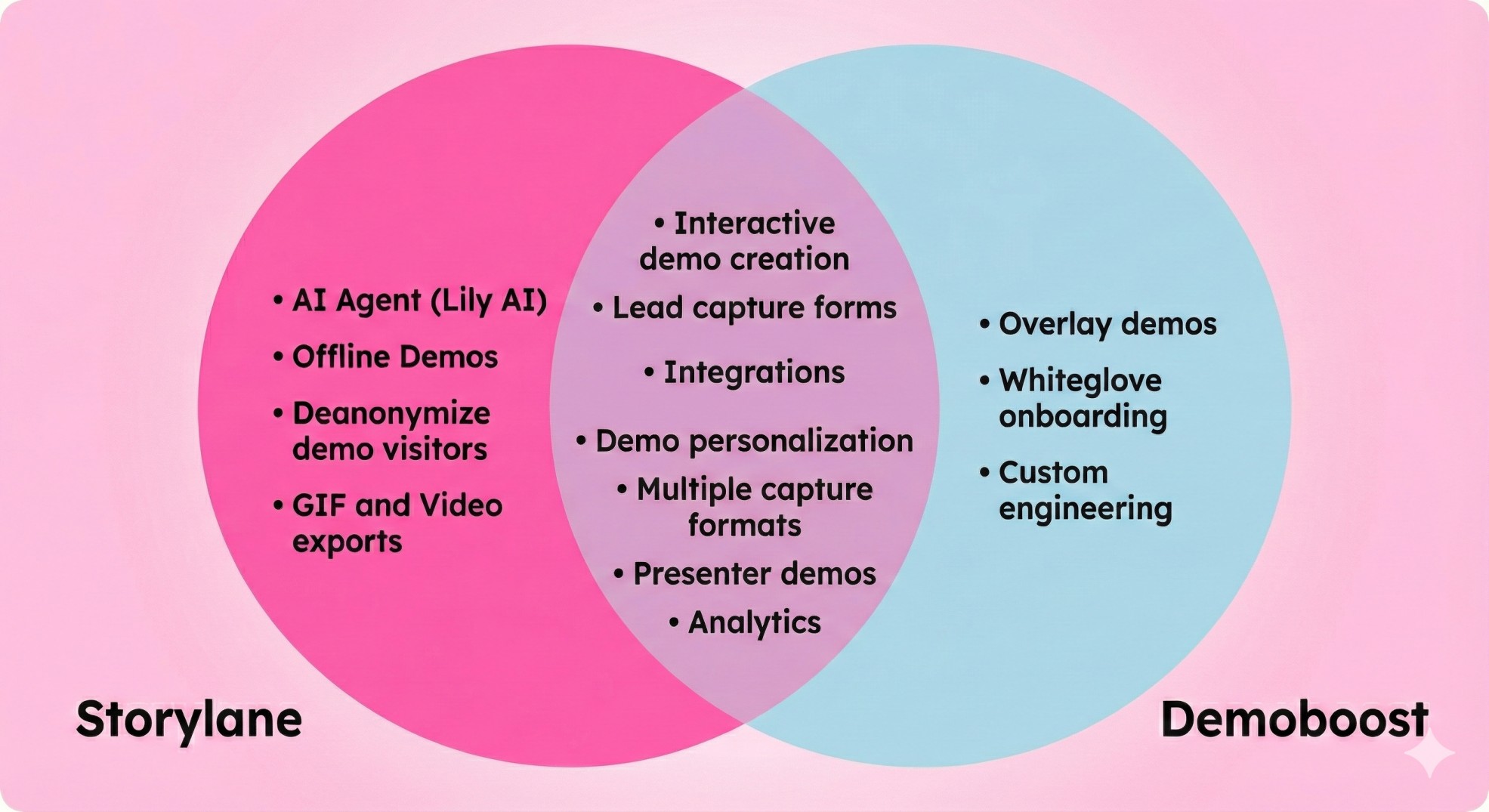
.webp)
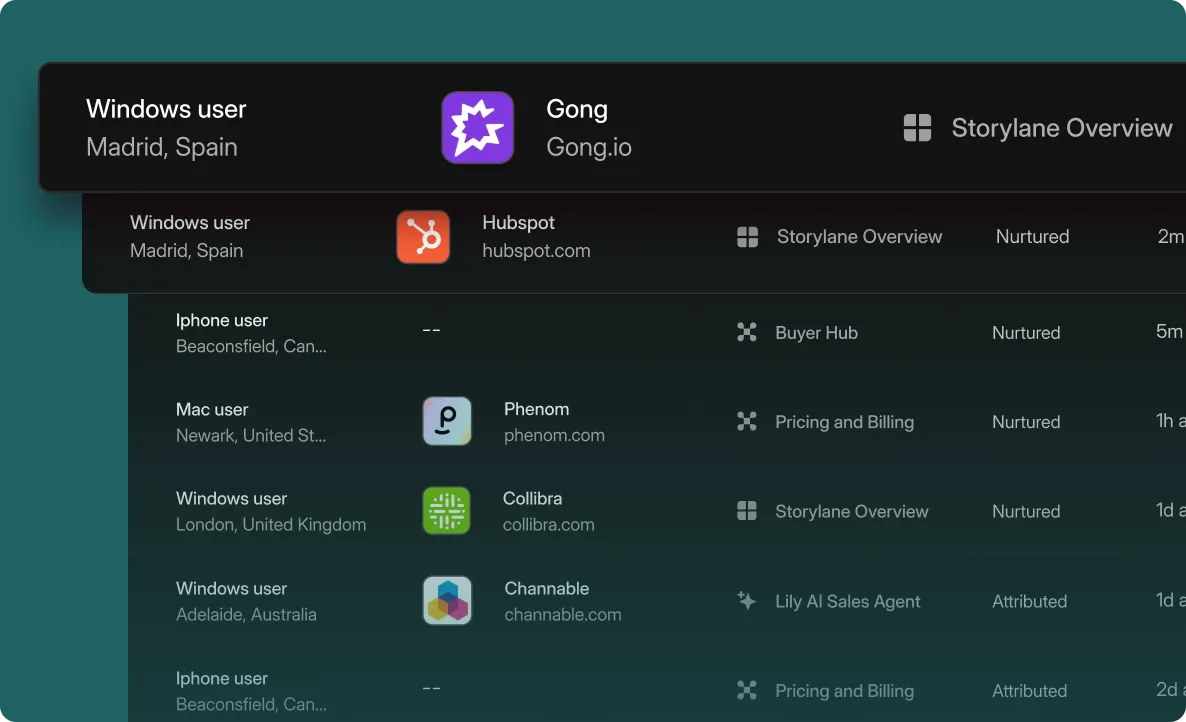
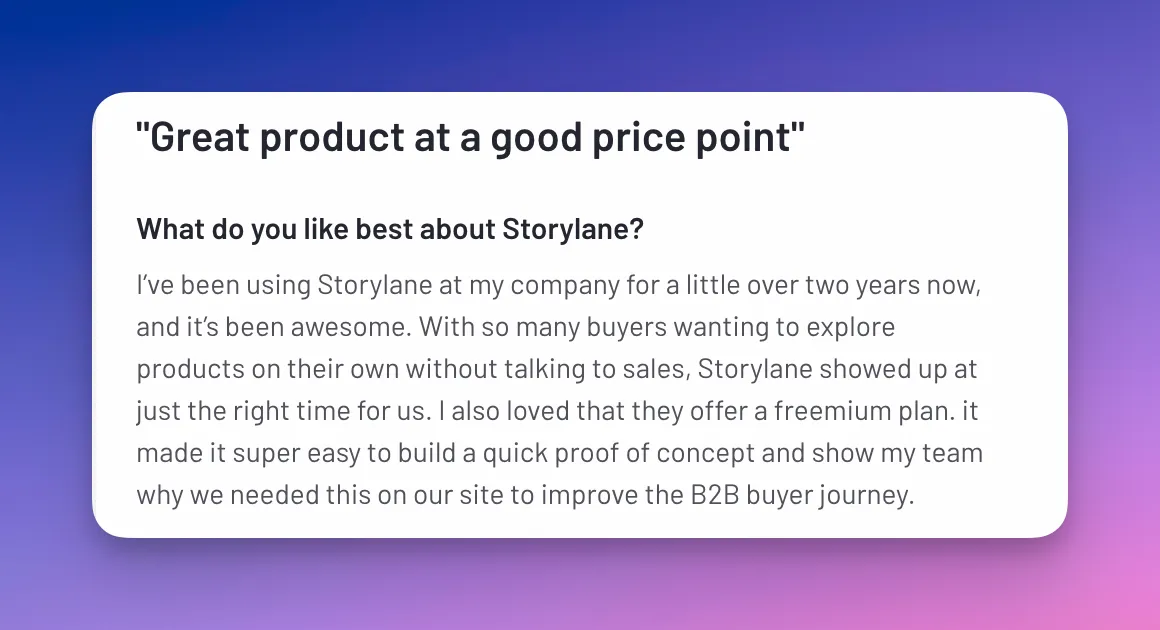

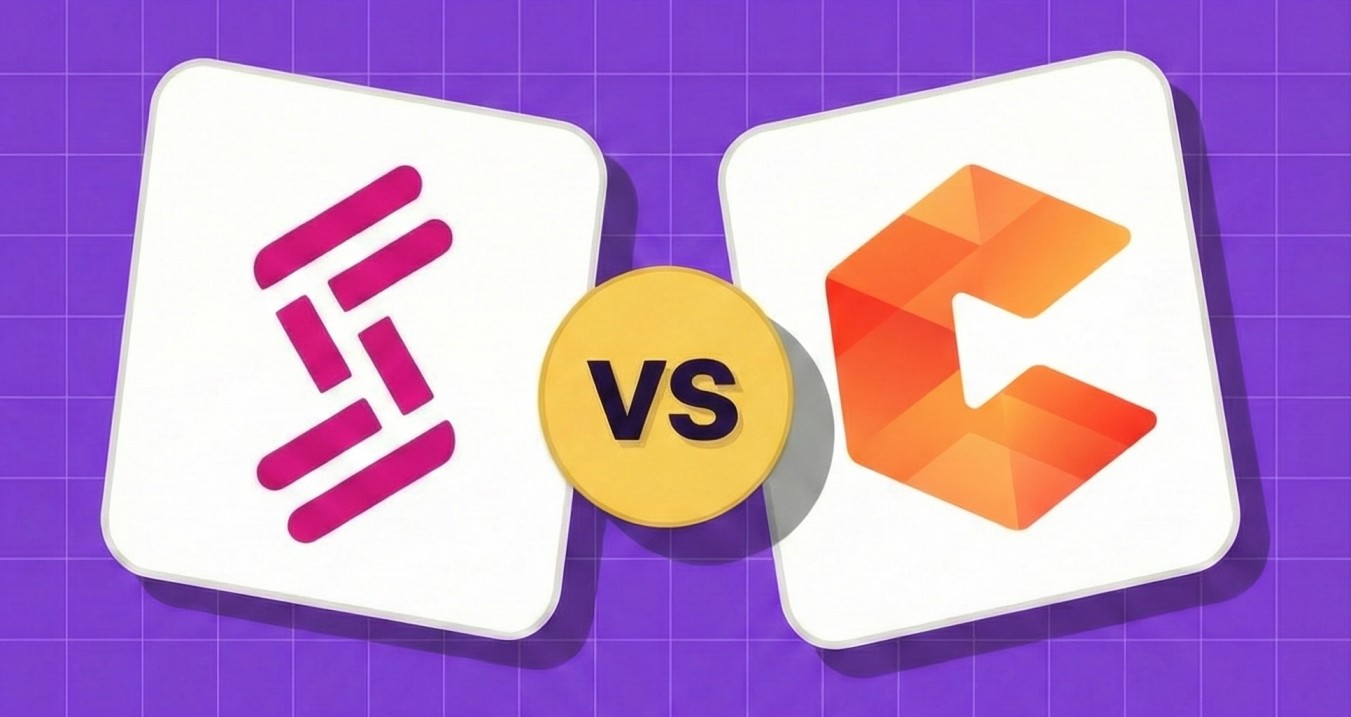
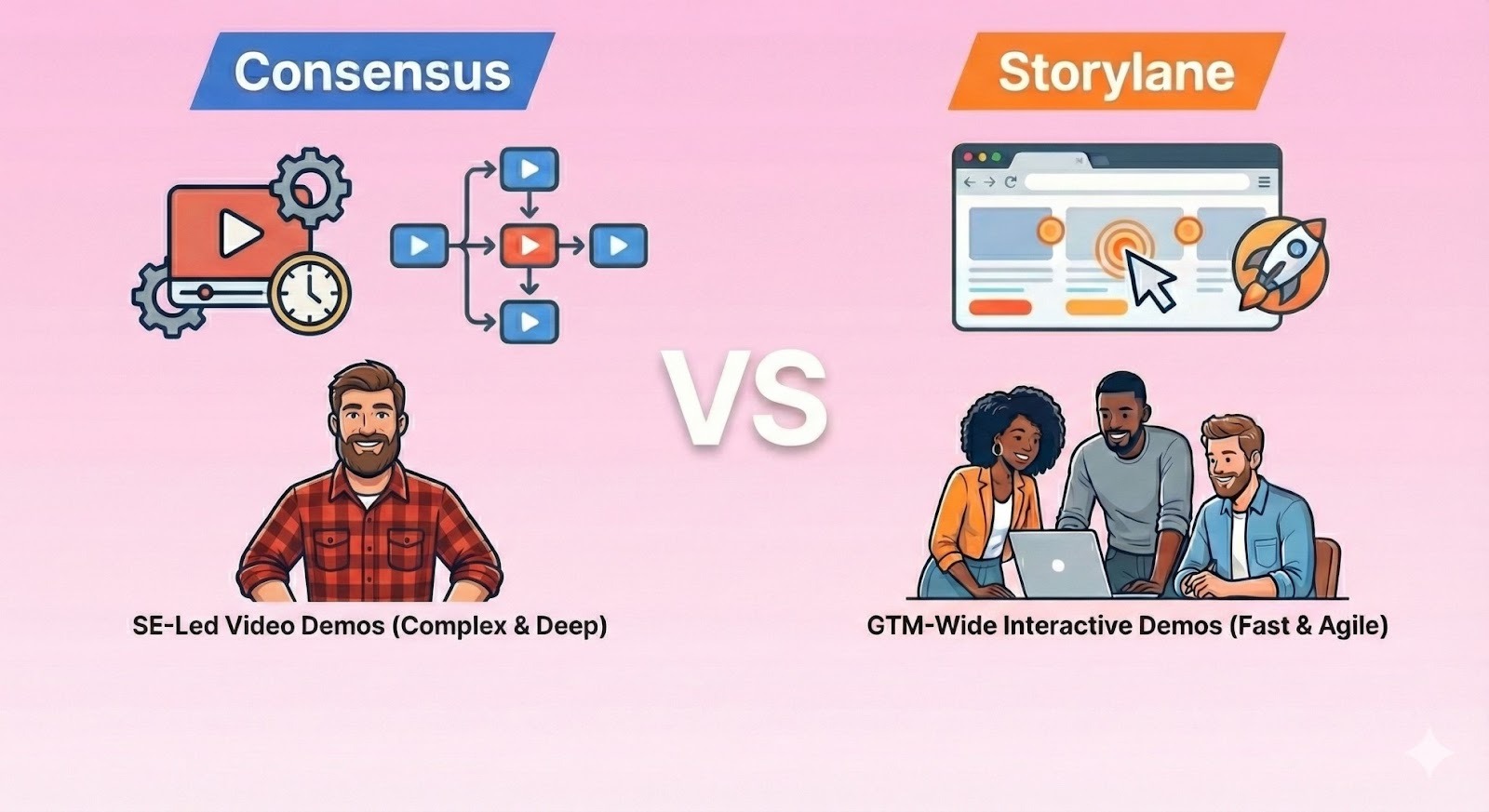
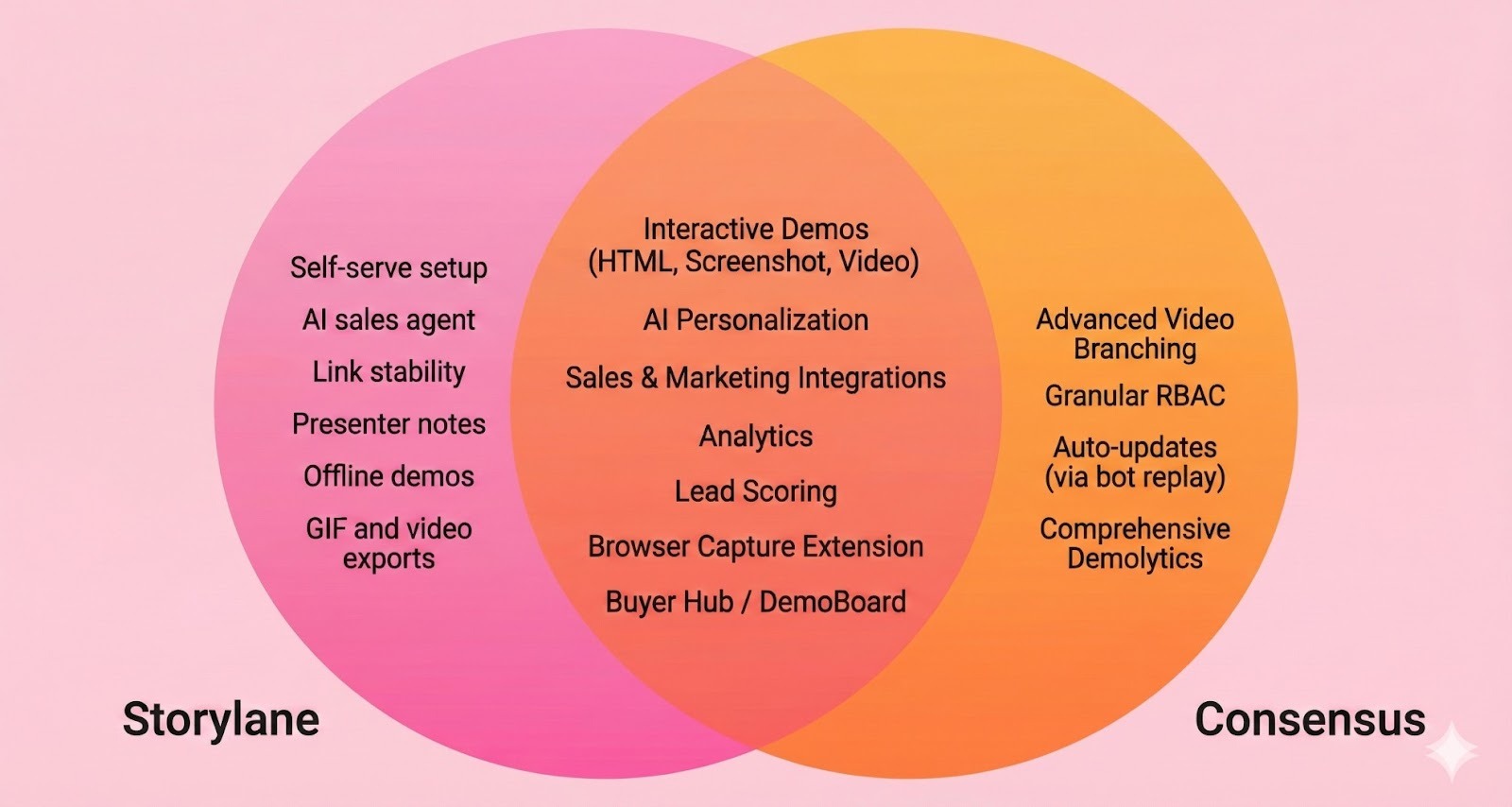
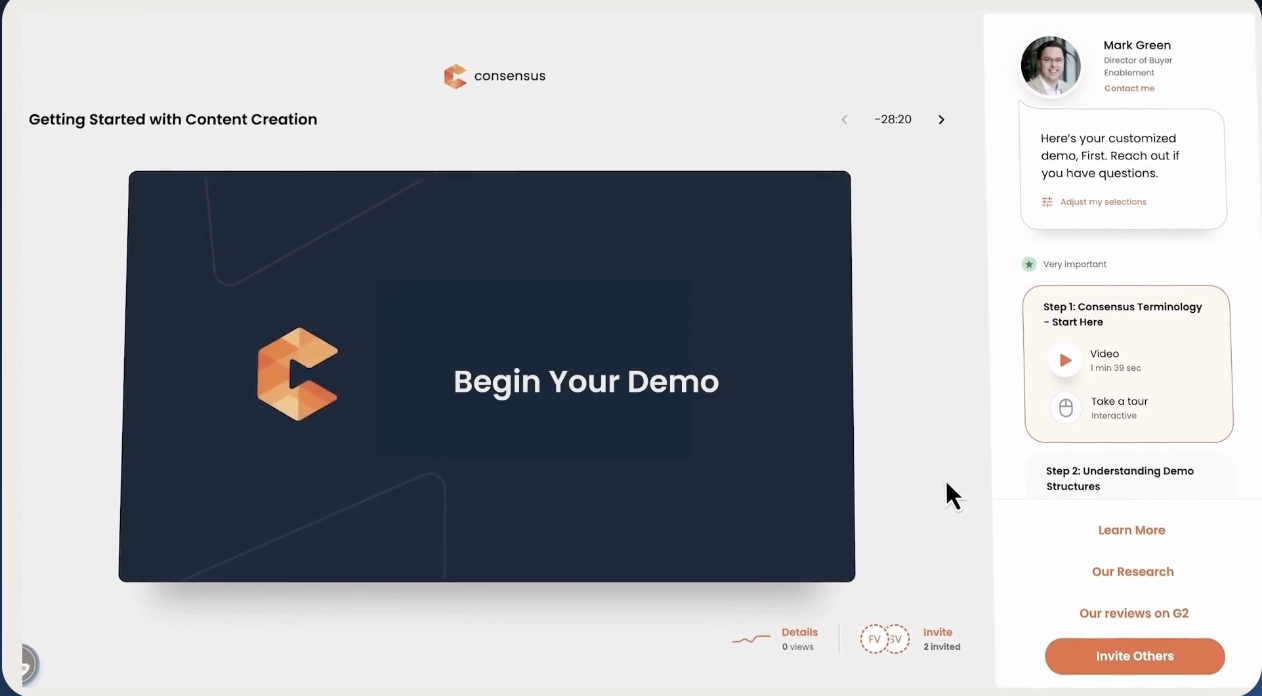
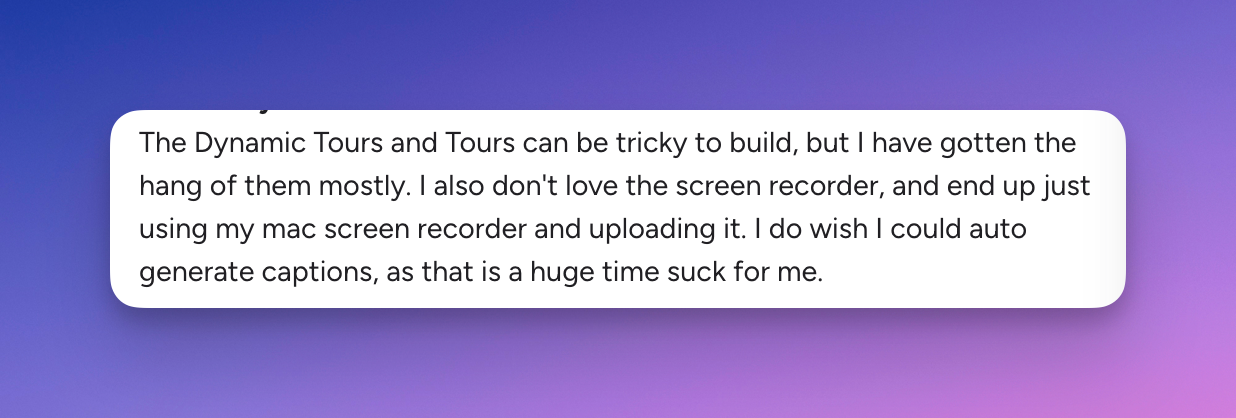
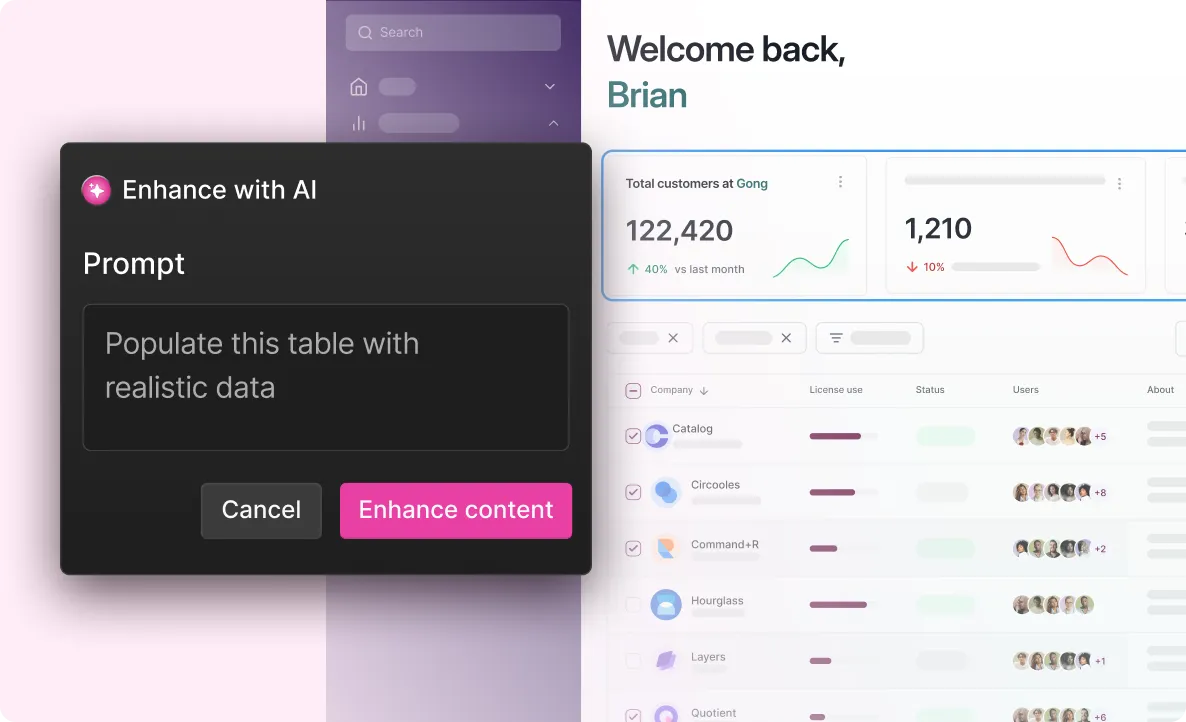

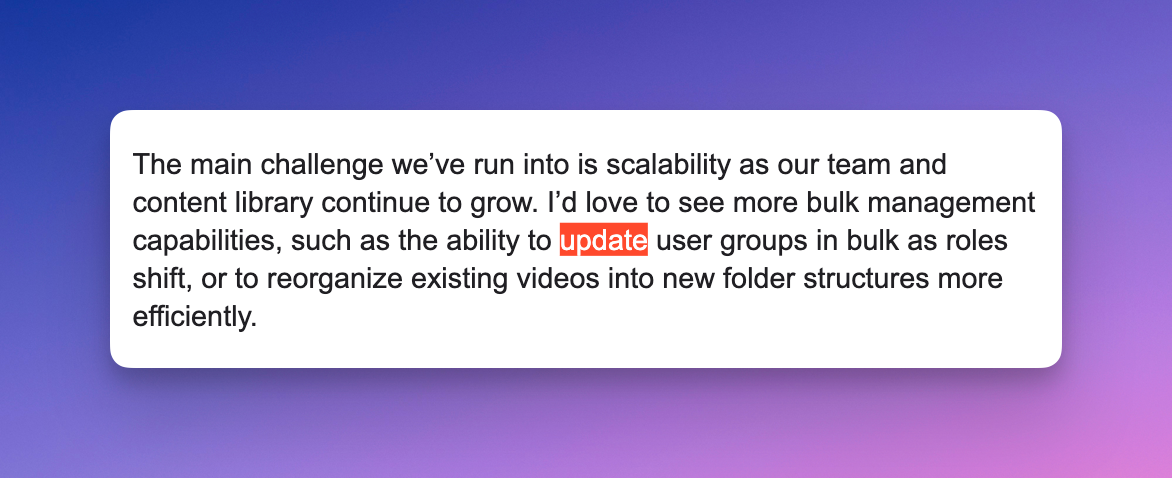







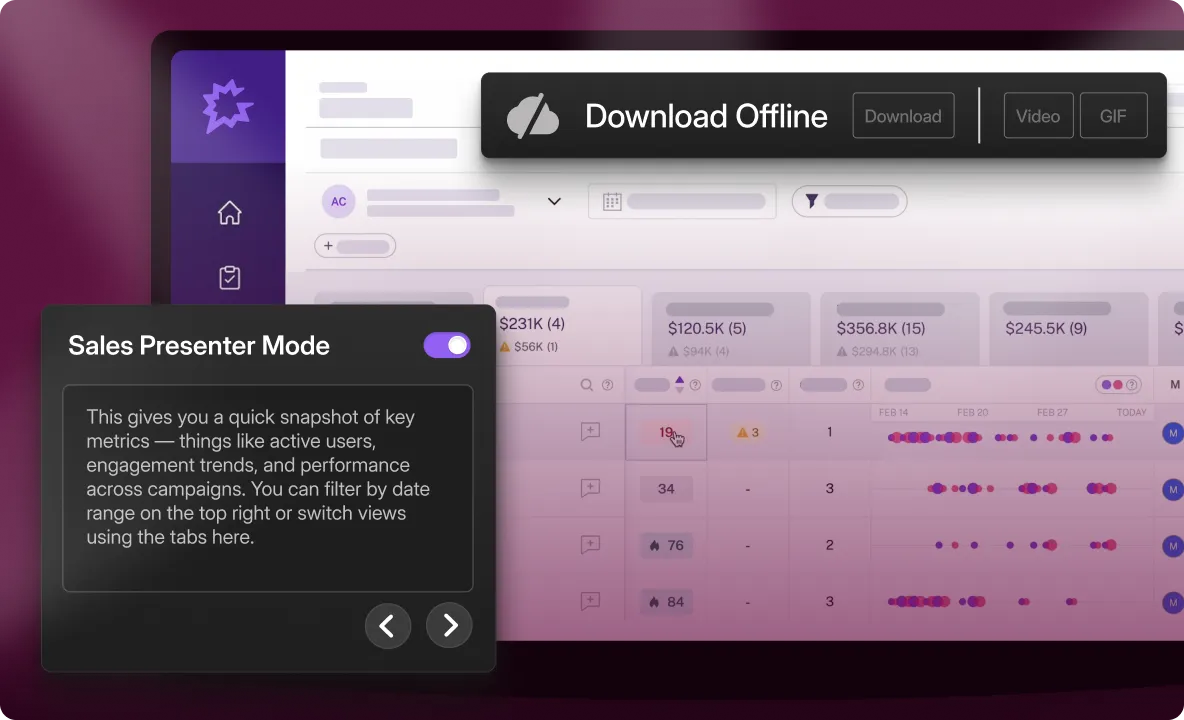
.svg)

.webp)